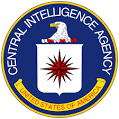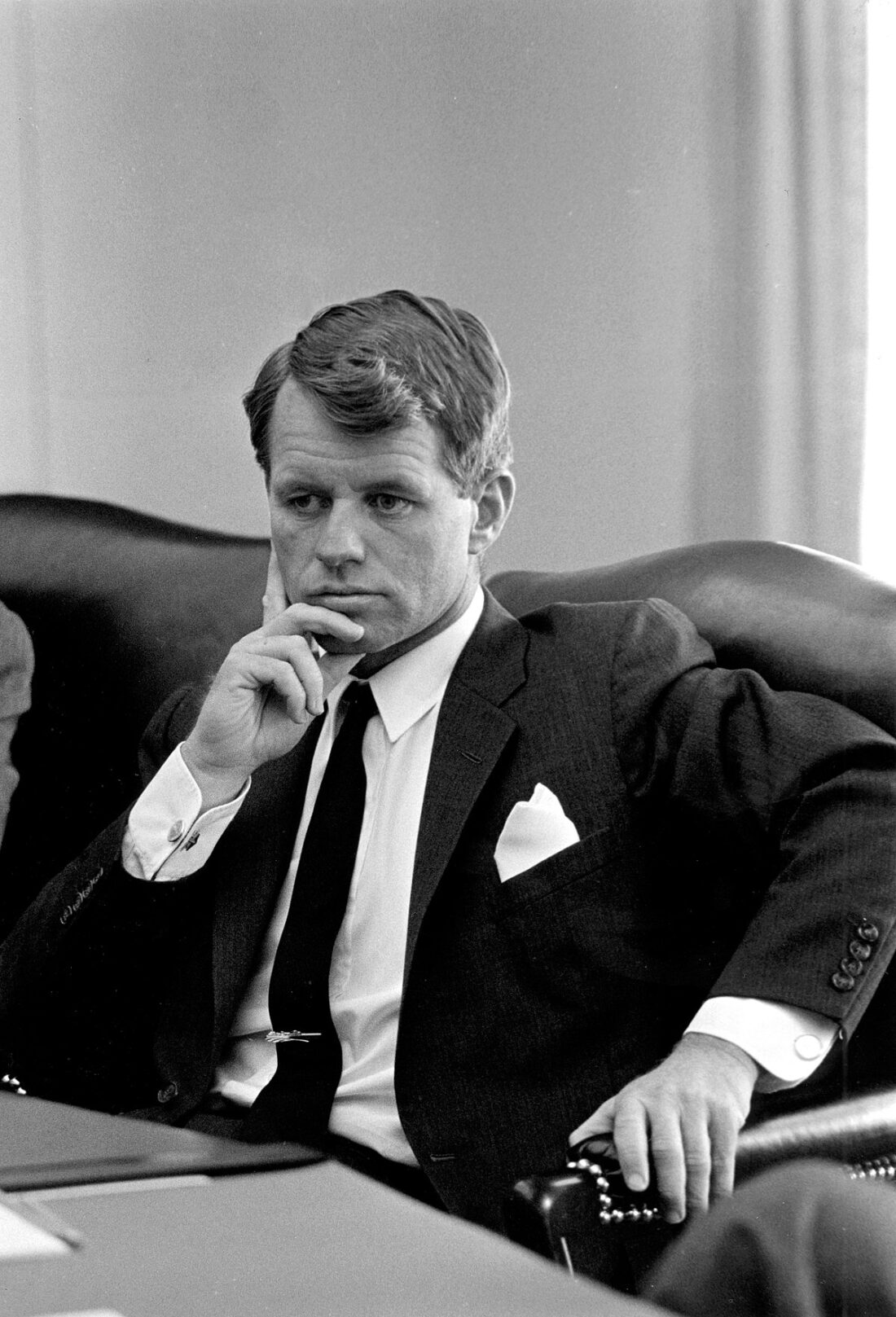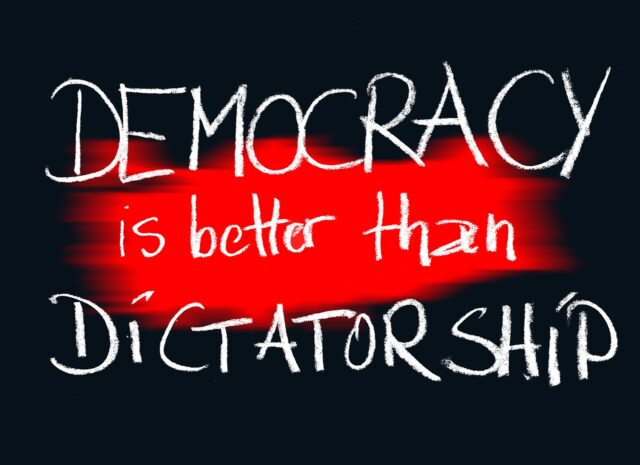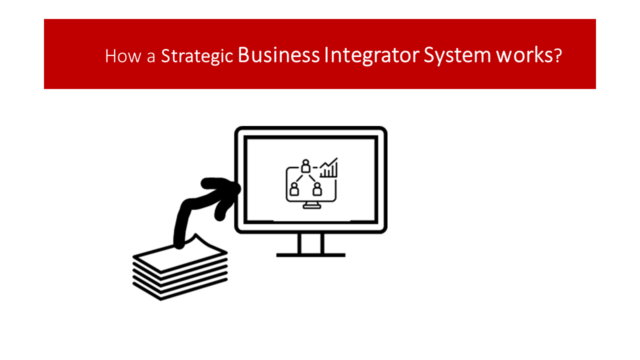When evaluating the feasibility of theories surrounding the assassination of Robert F. Kennedy, it is important to consider the following factors:
1. Evidence: Examine the available evidence supporting each theory. Look for credible sources, witness testimonies, forensic analysis, and any other relevant documentation. Evaluate the strength and reliability of the evidence presented.
2. Motive: Consider the motives behind the assassination. Look at the potential reasons why someone would want to kill Robert F. Kennedy. Evaluate the plausibility and credibility of these motives in relation to the individuals or groups implicated in the theories.
3. Means and Opportunity: Assess whether the individuals or groups implicated in the theories had the means and opportunity to carry out the assassination. Consider factors such as access to weapons, knowledge of the location, and the ability to plan and execute the attack.
4. Official Investigations: Review the findings of official investigations, such as the reports from the Los Angeles Police Department and the FBI. Consider the credibility and thoroughness of these investigations, as well as any potential biases or limitations.
5. Alternative Explanations: Consider alternative theories and explanations for the assassination. Evaluate their feasibility and compare them to the theories being evaluated. Assess the evidence and arguments supporting these alternative theories.
6. Expert Opinions: Seek out expert opinions from historians, researchers, and other professionals who have studied the assassination. Consider their expertise, credibility, and the evidence they present to support their views.
7. Consistency and Coherence: Evaluate the consistency and coherence of the theories being considered. Look for any contradictions, gaps in logic, or inconsistencies within the theories themselves.
8. Occam’s Razor: Apply Occam’s Razor, which suggests that the simplest explanation is often the most likely. Consider whether the theory being evaluated is unnecessarily complex or convoluted compared to other explanations.
9. Bias and Conspiracy Theories: Be aware of personal biases and the presence of conspiracy theories. Evaluate the theories objectively and critically, avoiding the temptation to accept or reject them based solely on personal beliefs or preconceived notions.
10. Ongoing Research: Stay informed about ongoing research and new discoveries related to the assassination. New evidence or analysis may emerge that could impact the feasibility of existing theories.
By considering these factors and conducting a thorough evaluation, you can assess the feasibility of theories surrounding the assassination of Robert F. Kennedy. Remember to approach the evaluation with an open mind and rely on credible sources and evidence.
Evaluate the Feasibility of Robert F. Kennedy’s Assassination : Theories and Pros and Cons Final Evaluation of Most Feasible Assassination Theory
Here is a sample evaluation of a hypothetical theory:
Theory: The CIA was involved in the assassination of Robert F. Kennedy.
Pros:
1. Motive: The CIA may have had a motive to eliminate Kennedy due to his opposition to the Vietnam War and his brother’s (President John F. Kennedy) alleged conflicts with the agency.
2. Means and Opportunity: The CIA had the resources, intelligence capabilities, and connections to potentially carry out such an operation.
3. Historical Context: The CIA had been involved in covert operations and assassinations in other countries, which suggests they had the capability to carry out such an act domestically.
Cons:
1. Lack of Direct Evidence: There is no concrete evidence linking the CIA directly to the assassination. No official investigations or credible sources have provided substantial proof of their involvement.
2. Alternative Explanations: There are alternative theories, such as the lone gunman theory, which attribute the assassination to Sirhan Sirhan acting alone. These theories have been supported by official investigations and witness testimonies.
3. Occam’s Razor: The theory implicating the CIA adds complexity to the explanation of the assassination, as it requires multiple individuals and organizations to be involved. The simpler explanation of a lone gunman may be more plausible.
Final Evaluation:
Based on the pros and cons outlined above, the theory implicating the CIA in Robert F. Kennedy’s assassination appears less feasible. While there may be some circumstantial evidence and motive, the lack of direct evidence, alternative explanations, and the principle of Occam’s Razor suggest that other theories, such as the lone gunman theory, are more plausible.
It is important to note that this evaluation is hypothetical and should not be considered as a definitive assessment of any specific theory. The feasibility of assassination theories should be evaluated based on the available evidence, expert opinions, and ongoing research.
Has Sirhan Sirhan murdered Robert F. Kennedy? Pros and Cons
Sirhan Sirhan was convicted of the murder of Robert F. Kennedy, but there are pros and cons to consider when evaluating his involvement:
Pros:
1. Eyewitness Testimony: Multiple eyewitnesses at the scene identified Sirhan Sirhan as the person who shot Robert F. Kennedy.
2. Confession: Sirhan Sirhan confessed to the crime during his trial, stating that he killed Kennedy because of his support for Israel.
3. Ballistic Evidence: Forensic analysis matched the bullets recovered from the crime scene to the gun found in Sirhan Sirhan’s possession.
Cons:
1. Inconsistent Witness Accounts: Some witnesses reported seeing a second gunman or hearing additional gunshots, which raises questions about the possibility of a conspiracy or multiple shooters.
2. Lack of Memory: Sirhan Sirhan claims to have no memory of the shooting, suggesting the possibility of mind control or manipulation.
3. Motive: While Sirhan Sirhan expressed anger towards Kennedy’s support for Israel, some argue that his motive alone does not fully explain the assassination and that there may have been other underlying factors.
It is important to note that this evaluation is based on the available information and does not constitute a definitive conclusion. The conviction of Sirhan Sirhan is based on the evidence presented during his trial, but alternative theories and unanswered questions continue to be debated. Ongoing research and investigation may provide further insights into the case.
How the CIA executes Covert Actions?

A covert action refers to a secret operation conducted by a government agency, such as the Central Intelligence Agency (CIA), to influence events or achieve specific objectives without the knowledge or attribution to the sponsoring entity. Covert actions are typically carried out in foreign countries and involve activities such as espionage, sabotage, propaganda, or support for insurgencies or opposition groups.
The CIA executes covert actions through a multi-step process:
1. Planning: The CIA identifies the objectives and determines the feasibility of the covert action. This involves assessing the risks, potential benefits, and available resources.
2. Authorization: Covert actions require approval from the President of the United States or other authorized officials. The CIA presents a detailed plan, including the proposed objectives, methods, and potential risks, for review and approval.
3. Operational Planning: Once authorized, the CIA develops a detailed operational plan. This includes identifying the personnel, resources, and logistics required to carry out the covert action.
4. Execution: The CIA carries out the covert action using various means, such as intelligence gathering, propaganda dissemination, or direct action. This may involve deploying agents, conducting surveillance, providing support to local groups, or engaging in other clandestine activities.
5. Deniability: Maintaining plausible deniability is a crucial aspect of covert actions. The CIA takes measures to ensure that the sponsoring entity’s involvement remains hidden or difficult to trace. This can involve using intermediaries, cover organizations, or other methods to obscure the true source of the operation.
6. Evaluation: After the covert action is completed, the CIA assesses its effectiveness and impact. This evaluation helps inform future operations and provides feedback on the success or failure of the objectives.
It is important to note that covert actions are subject to legal and policy frameworks, and their execution must adhere to applicable laws and regulations. The specific details and methods used in covert actions are often classified and not publicly disclosed.
10 CIA Covert Actions : Description, Goal, Actions and Results
1. Operation Ajax ( 1953):
Description: Operation Ajax was a covert operation carried out by the CIA in Iran to overthrow the democratically elected Prime Minister, Mohammad Mossadegh.
Goal: The goal was to protect Western oil interests and prevent the nationalization of the Iranian oil industry.
Actions: The CIA orchestrated protests, propaganda campaigns, and supported opposition groups. They also worked to undermine Mossadegh’s government and create instability.
Results: The operation successfully removed Mossadegh from power and reinstated the Shah of Iran, Mohammad Reza Pahlavi, who was more favorable to Western interests. However, it also led to long-term resentment and anti-American sentiment in Iran.
2. Operation PBSUCCESS ( 1954):
Description: Operation PBSUCCESS was a covert operation conducted by the CIA in Guatemala to overthrow the democratically elected President, Jacobo Arbenz.
Goal: The goal was to protect American business interests, particularly the United Fruit Company, and prevent the spread of communism.
Actions: The CIA provided support to rebel groups, conducted psychological warfare, and spread propaganda to undermine Arbenz’s government.
Results: The operation successfully removed Arbenz from power and installed a military dictatorship. However, it also led to a long and violent period of political repression in Guatemala.
3. Operation CHAOS ( 1967- 1973):
Description: Operation CHAOS was a covert surveillance program conducted by the CIA in the United States to monitor and infiltrate anti-war and civil rights groups.
Goal: The goal was to gather intelligence on domestic dissent and potential threats to national security.
Actions: The CIA collected information on individuals and organizations involved in anti-war and civil rights movements, infiltrated these groups, and conducted surveillance.
Results: The operation resulted in the collection of vast amounts of information, but it also violated civil liberties and led to public controversy when it was exposed in the 1970s.
4. Operation Cyclone ( 1979- 1989):
Description: Operation Cyclone was a covert operation conducted by the CIA in Afghanistan to support Afghan resistance fighters, known as the Mujahideen, against the Soviet Union.
Goal: The goal was to undermine Soviet influence in Afghanistan and ultimately force their withdrawal.
Actions: The CIA provided weapons, training, and financial support to the Mujahideen. They also coordinated with other countries, such as Saudi Arabia and Pakistan, to funnel resources to the resistance.
Results: The operation successfully weakened the Soviet Union’s hold on Afghanistan and contributed to their eventual withdrawal in 1989. However, it also inadvertently contributed to the rise of extremist groups, including Al-Qaeda.
5. Operation Gladio ( 1950s- 1990s):
Description: Operation Gladio was a covert operation conducted by NATO and various European intelligence agencies, including the CIA, to create secret stay-behind armies in Europe during the Cold War.
Goal: The goal was to counter potential Soviet invasion and maintain resistance networks in case of occupation.
Actions: The CIA and other agencies trained and armed clandestine networks, which were intended to operate in secret and carry out guerrilla warfare if necessary.
Results: The operation remained largely secret until it was exposed in the 1990s. While it was intended as a defensive measure, some of the networks became involved in illegal activities, including terrorism.
6. Operation Mongoose ( 1961- 1963):
Description: Operation Mongoose was a covert operation conducted by the CIA in Cuba to overthrow the government of Fidel Castro.
Goal: The goal was to remove Castro from power and undermine the spread of communism in the Western Hemisphere.
Actions: The CIA planned and executed various covert activities, including assassination attempts, sabotage, and propaganda campaigns.
Results: The operation did not succeed in removing Castro from power, but it did contribute to increased tensions between the United States and Cuba.
7. Operation Phoenix ( 1965- 1972):
Description: Operation Phoenix was a covert operation conducted by the CIA in South Vietnam during the Vietnam War.
Goal: The goal was to disrupt and neutralize the Viet Cong infrastructure and support the South Vietnamese government.
Actions: The CIA, in collaboration with the South Vietnamese government, conducted intelligence gathering, targeted assassinations, and counterinsurgency operations.
Results: The operation resulted in the capture or killing of thousands of Viet Cong members, but it also led to widespread human rights abuses and civilian casualties.
8. Operation Wrath of God ( 1972- 1992):
Description: Operation Wrath of God was a covert operation conducted by the Israeli intelligence agency, Mossad, with support from the CIA, to track down and assassinate individuals involved in the 1972 Munich Olympics massacre.
Goal: The goal was to seek revenge for the Munich attack and deter future acts of terrorism against Israeli targets.
Actions: Mossad agents, with assistance from the CIA, tracked down and assassinated several individuals believed to be involved in the Munich attack.
Results: The operation resulted in the killing of several individuals, but it also sparked controversy and retaliation from terrorist organizations.
9. Operation Just Cause ( 1989):
Description: Operation Just Cause was a covert operation conducted by the CIA in Panama to remove the dictator, Manuel Noriega.
Goal: The goal was to protect American interests, restore democracy, and bring Noriega to justice.
Actions: The CIA supported opposition groups, conducted psychological warfare, and coordinated with the U.S. military in a military invasion of Panama.
Results: The operation successfully removed Noriega from power, but it also resulted in civilian casualties and raised concerns about U.S. intervention in Latin America.
10. Operation Neptune Spear ( 2011):
Description: Operation Neptune Spear was a covert operation conducted by the CIA and U.S. Special Forces to locate and kill Osama bin Laden, the leader of Al-Qaeda.
Goal: The goal was to eliminate bin Laden and dismantle Al-Qaeda’s leadership.
Actions: The CIA gathered intelligence on bin Laden’s whereabouts, and U.S. Special Forces carried out a raid on his compound in Abbottabad, Pakistan.
Results: The operation successfully killed bin Laden and dealt a significant blow to Al-Qaeda. It also had political and strategic implications, including strained relations with Pakistan.




